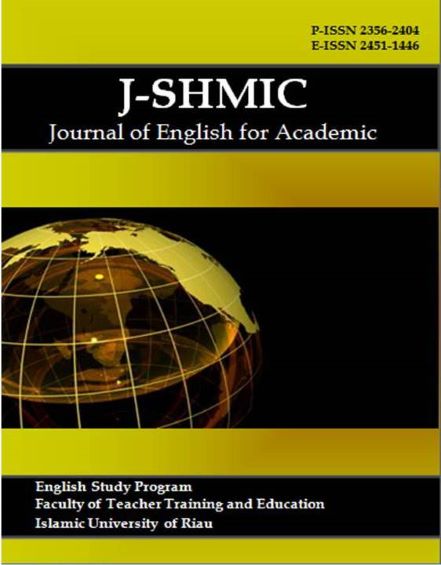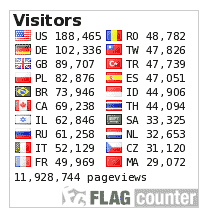Discourse Markers in News Articles of the Jakarta Post
Keywords:
Discourse Markers, cohesion, coherence.Abstract
Discourse markers facilitate text interpretation. Discourse markers (DMs) were key attributes in linking sentences, rendering the text coherent. This study aimed to analyze Discourse Markers (DMs) found in four News Articles of The Jakarta Post based on Halliday and Hasan point of view. They were additive, adversative, causal and continuative. The writer used a descriptive qualitative method, in which the data were sentences that contain discourse markers in the articles. The data were analyzed by applying the theory of discourse markers from Halliday and Hasan (1976). The result showed there were 21 discourse markers found in four news articles. All the news articles included additive, adversative, causal, and temporal/continuative discourse markers. In the Jakarta Post news article, the numbers of the discourse markers were ample for readers to understand the articles better.
Downloads
References
Cambridge University Press
Blakemore, D. (1987). Semantic Constraints on Relevance. Oxford: Blackwell.
Blakemore, D., & Carston, R. (2005). The pragmatics of sentential coordination with and. Lingua, 115(4), 569-589.
Beeching, K., & Detges, U. (2014). Discourse functions at the left and right periphery Crosslinguistic investigations of language use and language change. Leiden BRILL
Part 1 pg i – 87
Dymock, S. (2005). Teaching expository text structure awareness. The Reading Teacher, 59(2), 177-182.
Dulger, O. (2007). Discourse markers in writing. Seluck University Sosyal Bilimler Enstitutus Dergis, 18, 257-270.
Dér, C. (2010). On the status of discourse markers. Acta Linguistica Hungarica, 57(1), 3-28.
Das, D., & Taboada, M. (2018). Signalling of coherence relations in discourse, beyond discourse markers. Discourse Processes, 55(8), 743-770.
Fraser, Bruce. 1990. An Approach to Discourse Markers.
Halliday , M. A. K. & Hasan, R. (1976). Cohesion in English. London: Longman.
Hussein.M.(2006). Discourse markers in English.. (accessed 20/8/2010). http://star28.academia.edu/MiriHussein/Papers/494852/TWO_ACCOUNTS_OF_DISCOURSE_MARKERS_IN_ENGLISH
Louwerse, M. M. & Graesser, A. C. (2005). Coherence in discourse. In P. Strazny (Ed.), Encyclopedia of linguistics. (pp. 216-218) Chicago, Fitzroy Dearborn.
Paltridge, Brian. 2006. Discourse Analysis: An Introduction . Britain: MPG
books Ltd
Schiffrin, D. (2005). Discourse markers: Language, meaning, and context. The handbook of discourse analysis, 54-75.
Widdowson, H. G. (1979). Explanation in applied linguistics. Oxford: Oxford University Press
Published
How to Cite
Issue
Section
This is an open-access article distributed under the terms of the Creative Commons Attribution-ShareAlike 4.0 International License which permits unrestricted use, distribution, and reproduction in any medium. Users are allowed to read, download, copy, distribute, search, or link to full-text articles in this journal without asking by giving appropriate credit, providing a link to the license, and indicating if changes were made. All of the remixes, transform, or build upon the material must distribute the contributions under the same license as the original.











